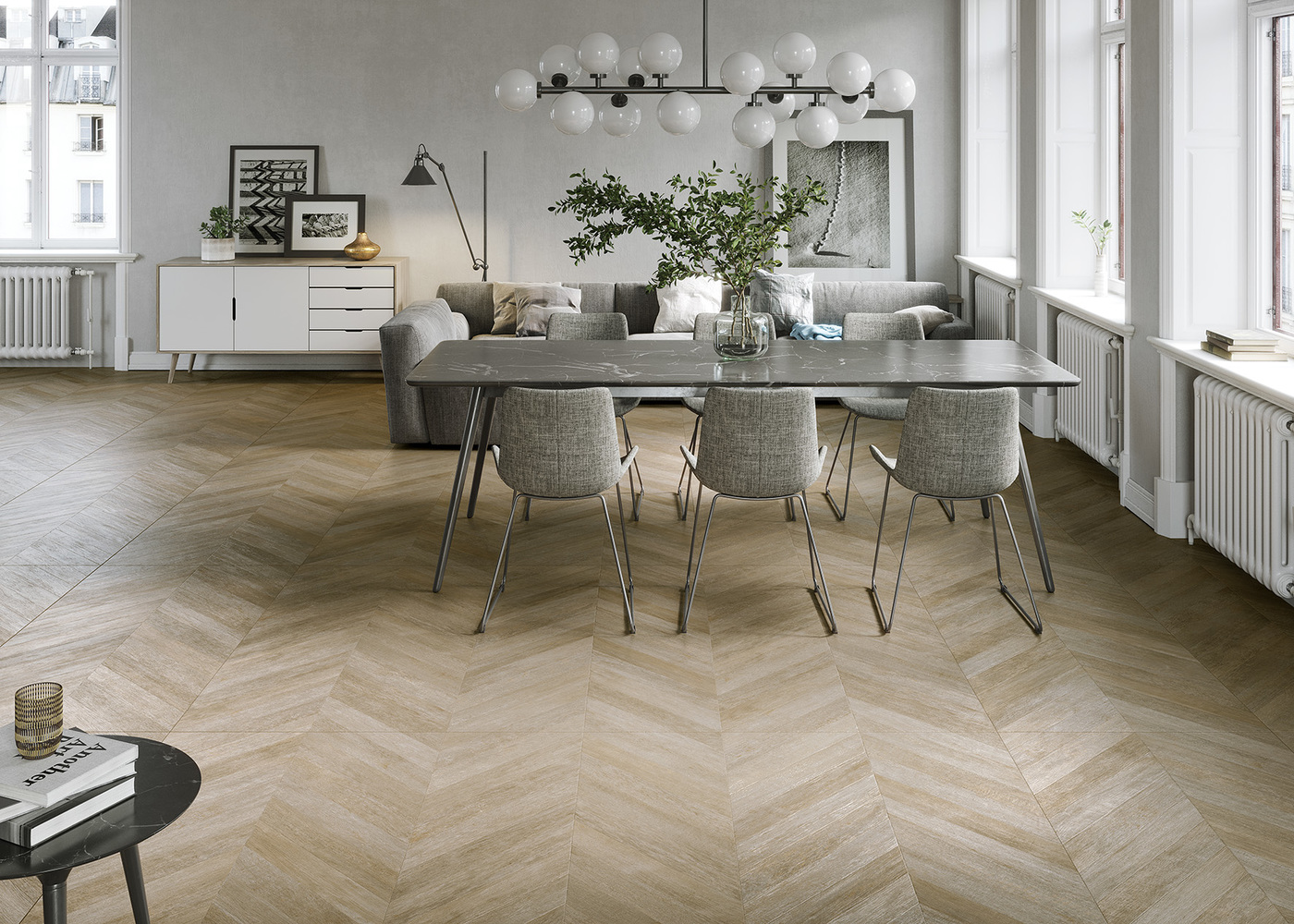
Ceramics, guaranteed hygiene in floor and wall tiles
Ceramic is one of the most widely used materials in floor and wall tiles, and not only today; it has also been used for centuries by various major civilizations. In addition to its enormous strength and durability, ceramic is one of the safest materials to use to guarantee hygiene within an environment.

Ceramics were already being used by 1500 BC, not only to cover floors and walls, but also to transport wine, as surfaces to serve food from and in water containers used for personal hygiene. Why have ceramics historically been used for these food, care and cleaning purposes? The answer is simple: because of its hygienic characteristics.
Thanks to ceramic’s low porosity, it does not absorb moisture or dirt. Its antibacterial and antiallergenic properties make it the most suitable material for spaces where special care must be taken with hygiene. This is why ceramic has traditionally been used in kitchens and bathrooms, although its use has been extended to a wider range of rooms to respond to this need for asepsis in all spaces. Let's not forget that ceramics prevent the development of colonies of germs and fungi.
 Back
Back MoreNews
MoreNews


